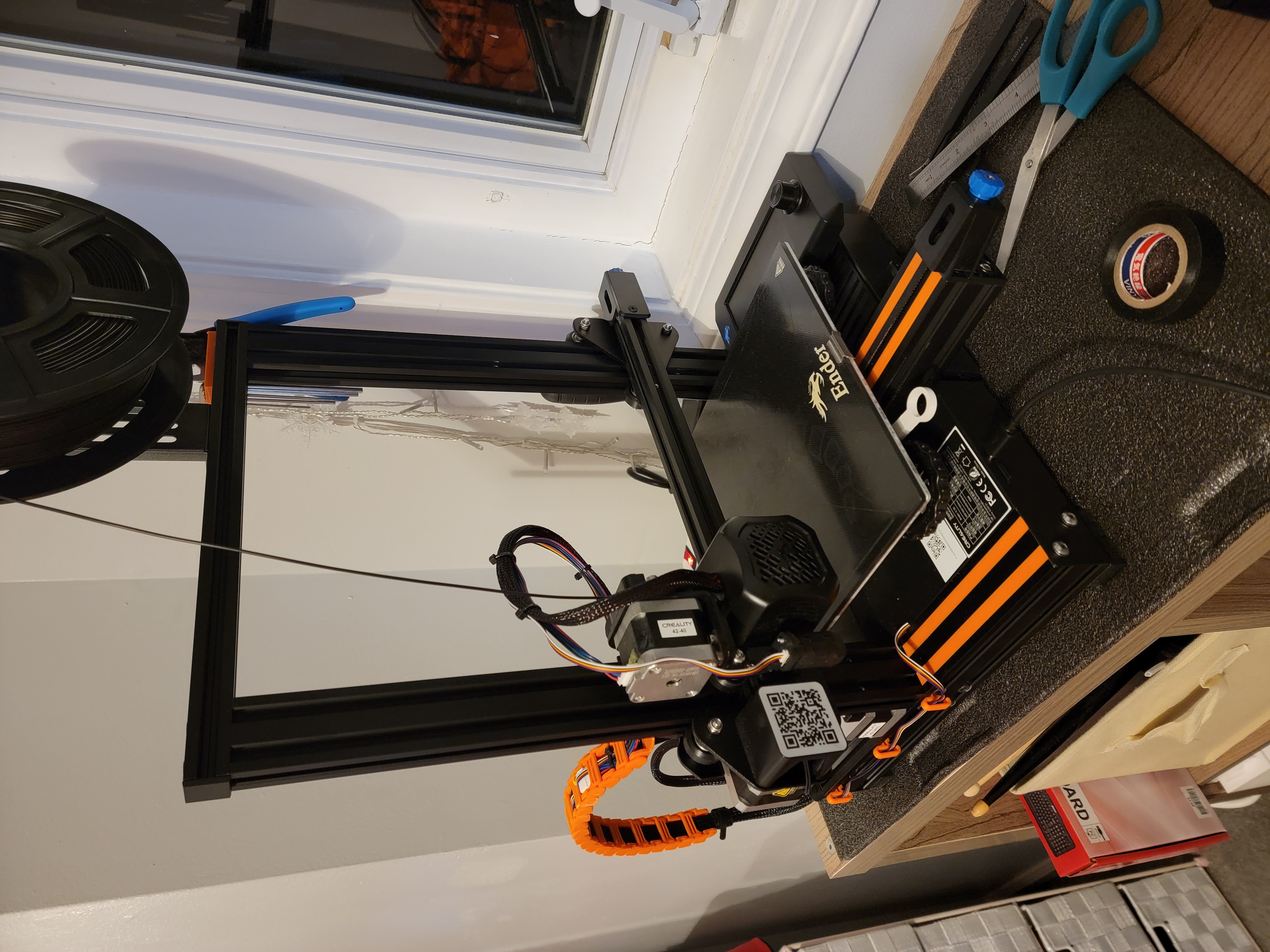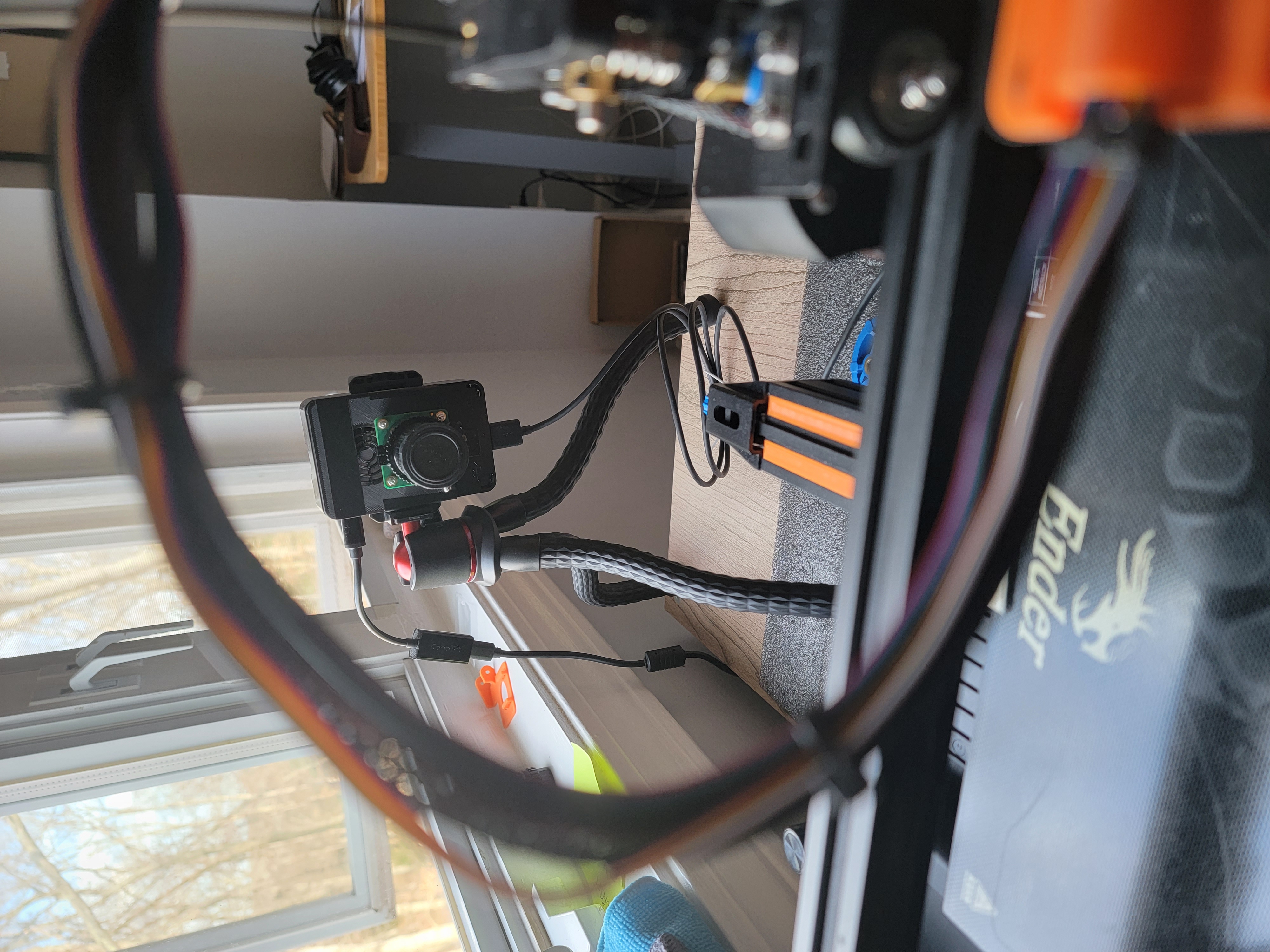


Blog 2.0
Finally got around to adding image upload capabilities to the blog!!!
Awesome pictures incooooomiiiingg!


Picked up a new hobby!
3D printing printer parts for your 3D printer to improve the quality of the 3D parts it is printing!
Comments (2)
Head Tracking - Demo
I've finally found a way to add the projection effect I was looking for. Now this in no way is pretty, but. I did promise to post a link quite a while ago, so I believe I'm obligated to post this work-in-progress prototype. linkity link Btw, this link is the up-to-date latest version!
Comments (0)
Head Tracking 2.0
Hello World. Finally decided to take some days off - so instead of sitting in front of a computer all day coding for work, now sitting in front of a computer all day coding for myself. Working on probably the coolest thing yet - Head Tracking. - But Ramil, you've already worked on head tracking and even blogged about it! Yes, however this time, I've teamed up with my friend Eugene to take it to the next level! And it's looking really awesome! The core technology is being developed right now, will upload some updates soon for all of my [1] active followers! It might be more than 1, idk. I've turned any kind of tracking a while back, so I only know that you exist if you leave a comment. So go comment.
Comments (2)
